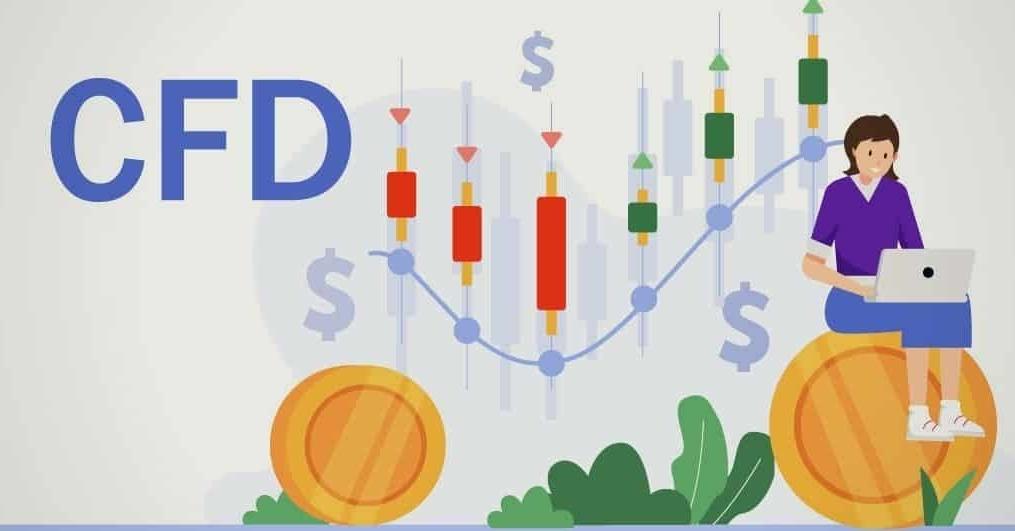In the ever-evolving world of finance, new investment opportunities continue to emerge, allowing investors to diversify their portfolios and take advantage of various markets. One such innovation that has gained immense popularity is Contract for Difference (CFD) trading on metals. This groundbreaking approach to metal trading has reshaped the financial landscape, offering traders unique advantages and opening new avenues for profit. This article will explore what trade cfds on metals and how they transform how investors participate in the metals market.
1. Advantages of CFD Trading on Metals
Access to a Diverse Range of Metals
– CFDs on metals allow traders to access a wide array of precious metals like gold, silver, and platinum, as well as base metals like copper and aluminum. This variety offers investors the opportunity to create a diversified metals portfolio.
Leveraged Trading
– CFDs enable traders to leverage their positions, allowing them to open larger positions with a smaller initial investment. However, it’s essential to exercise caution as leverage can amplify both profits and losses.
No Ownership of Physical Assets
– CFD traders do not have to deal with the hassle of owning and storing physical metals. This eliminates storage costs and the need to worry about security and transportation.
Profit from Both Rising and Falling Markets
– CFDs on metals allow traders to profit from upward and downward price movements. In traditional metal trading, investors can only benefit from rising markets, but with CFDs, they can also speculate on price declines.
2. How CFDs on Metals Work
To better understand how CFDs on metals work, let’s walk through a hypothetical example:
Imagine you want to trade gold priced at $1,800 per ounce. You believe that the price will increase in the coming days due to global economic uncertainties. Instead of purchasing physical gold, you decide to enter into a CFD contract for 10 ounces of gold with a leverage of 1:10.
In this scenario:
– The notional value of the CFD contract would be $18,000 (10 ounces x $1,800/ounce).
– You would only need to deposit a fraction of the notional value, say $1,800, as margin (assuming a 1% margin requirement).
– If the price of gold increases to $1,900 per ounce, the CFD position’s value would be $19,000, resulting in a $1,000 profit (excluding fees and commissions).
Conversely, if the price of gold drops to $1,700 per ounce, you would incur a $1,000 loss.
3. Risk Management in CFD Trading on Metals
Risk management in CFD trading on metals is crucial for safeguarding investments. Traders should limit exposure by setting appropriate stop-loss orders and position sizes. Diversification across various metals can reduce risk. Thorough research and analysis of market trends are essential to make informed decisions. Implementing risk-reducing tools like trailing stops and taking profit levels can secure profits and mitigate losses. Maintaining discipline and avoiding emotional decisions are also vital aspects of effective risk management in CFD trading on metals.
In conclusion, trade cfds on metals have broken boundaries in the financial world, offering investors new and exciting ways to engage with the metals market. The flexibility, leverage, and potential for profit from both rising and falling markets make CFDs an attractive option for traders seeking exposure to precious and base metals without owning the physical assets. However, it is essential for traders to approach CFD trading with caution, understand the risks involved, and implement effective risk management strategies. As the world of finance continues to evolve, CFDs on metals are sure to play a significant role in shaping the investment landscape of the future.
